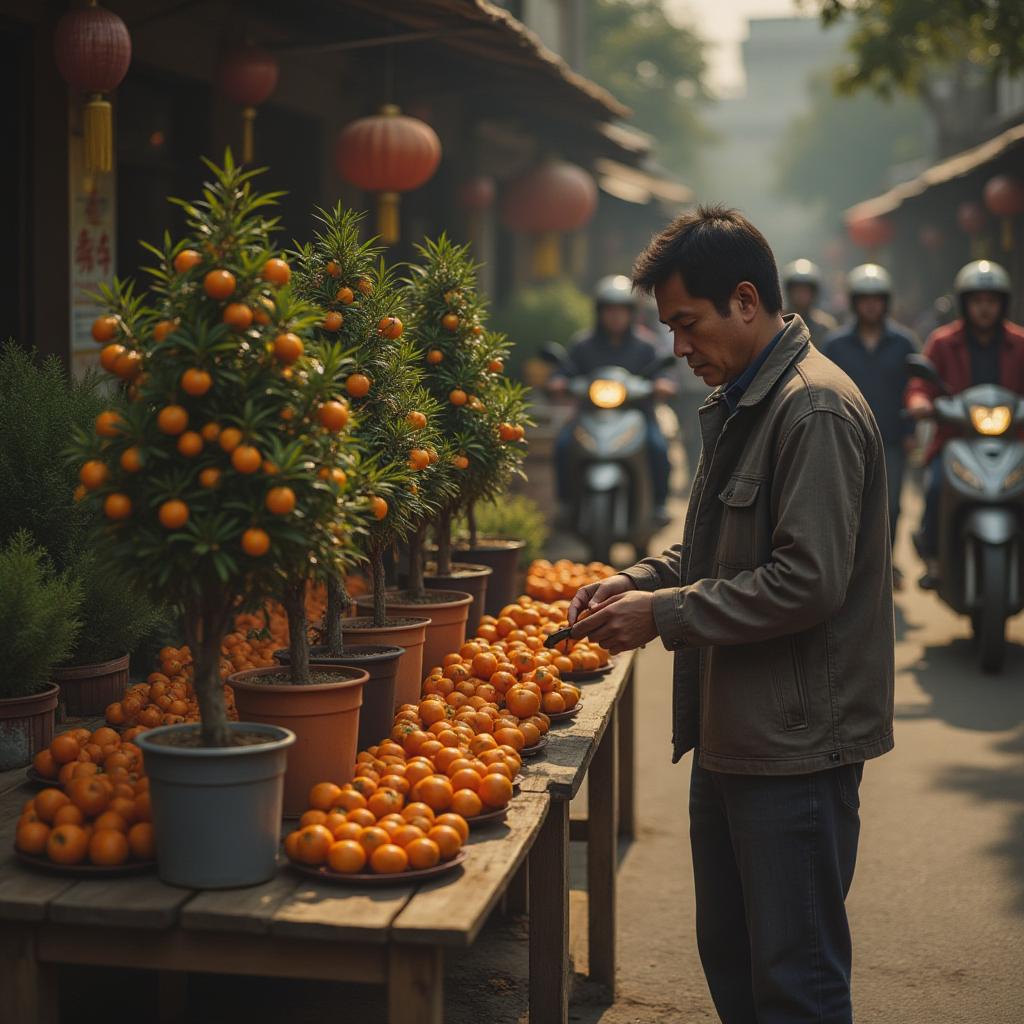
This year, Vietnam’s Lunar New Year, or Tet, faced an unexpected challenge. Typhoon Yagi and soaring temperatures wreaked havoc on the country’s beloved kumquat trees, a holiday staple symbolizing good fortune. The result? Skyrocketing prices, frustrated farmers, and families scrambling for alternatives.
In Hanoi and other cities, it’s common to see kumquat trees strapped to motorbikes, their vibrant orange fruits dodging traffic as they make their way to homes and businesses. But this season, many opted for smaller trees or swapped kumquats for affordable options like orchids or persimmon branches.
The price rollercoaster began after Typhoon Yagi flooded northern Vietnam in September, damaging crops during a crucial growing period. Nguyen Thi Hoa, a kumquat farmer near Hanoi’s Red River, shared that floodwaters wiped out half of her 500 trees. Wholesale prices initially spiked due to limited supply but later plummeted as demand dropped. Some buyers avoided kumquats altogether, unhappy with the size and appearance of this year’s fruit.
Now, farmers like Hoa are left with unsold stock. Trees that typically sell for $40 or more are now going for around $24—a significant loss.
Kumquats are more than just decorations in Vietnam; they’re a cultural cornerstone, as essential to Tet as Christmas trees are to December festivities. The shift in tradition this year highlights the broader impact of extreme weather on local customs and livelihoods.
As the country welcomes the new lunar year, the kumquat crisis serves as a reminder of how closely intertwined nature and tradition can be—and how quickly they can be disrupted.
